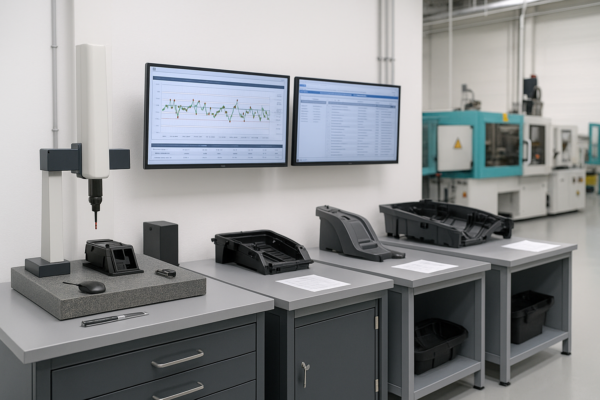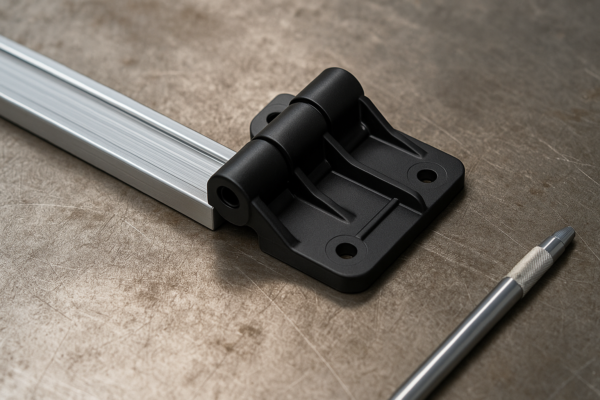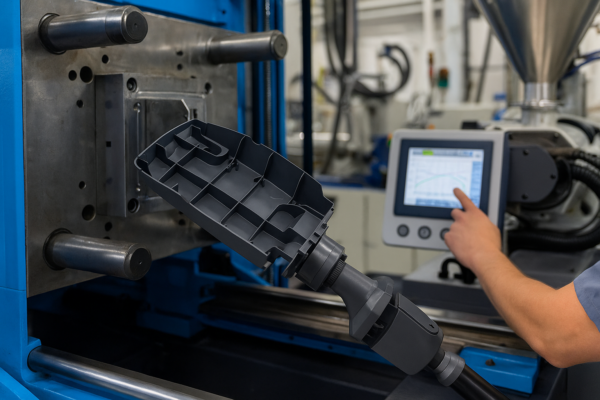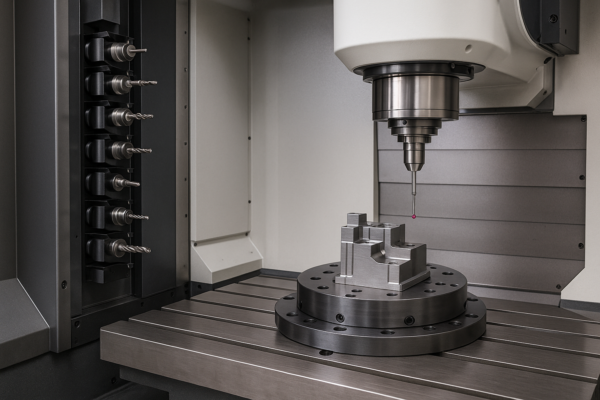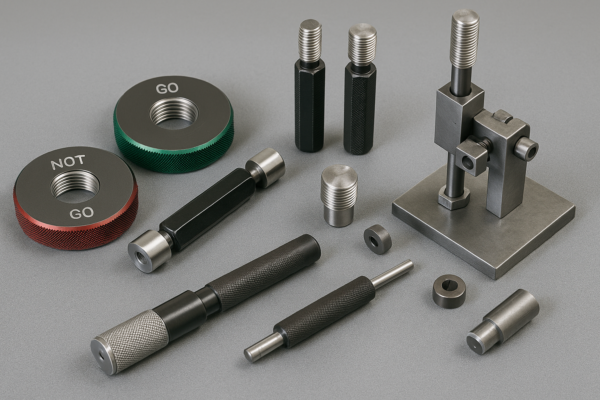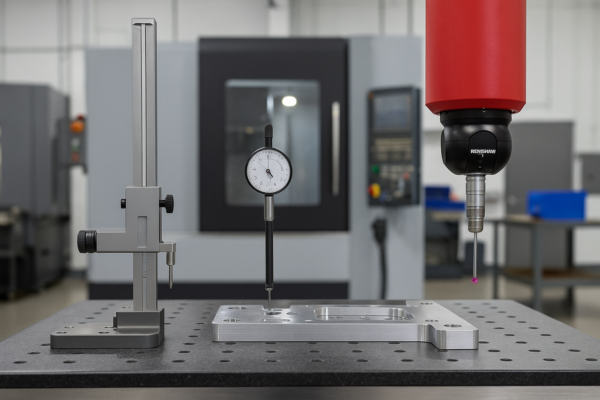A Complete Guide to Metal Welding Parts: Types, Techniques, and Industrial Applications?
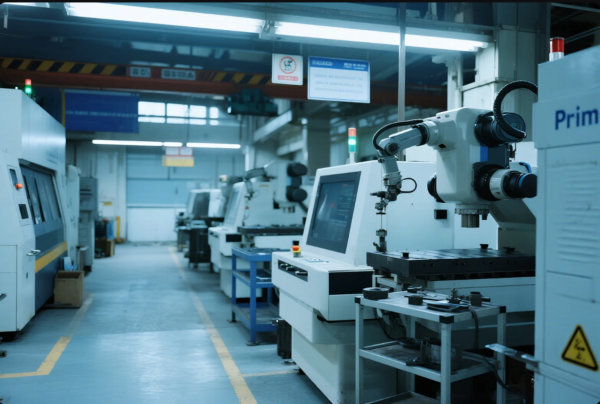
Many industrial buyers feel lost when sourcing metal welding parts. They struggle with inconsistent quality, unreliable delivery, and a lack of technical support from suppliers.
Understanding the types of metal welding parts, comparing major welding techniques, and knowing the essential quality certifications help buyers make informed choices. Choosing an ISO-certified supplier like Prime reduces risk and ensures efficient, high-quality industrial solutions.
For buyers who care about quality, cost, and lead times, this guide explains everything. You’ll see which types of welded parts fit your project, how to select proper welding methods, and why global certifications matter.
What Are the Most Common Types of Metal Welding Parts Used in Industry?
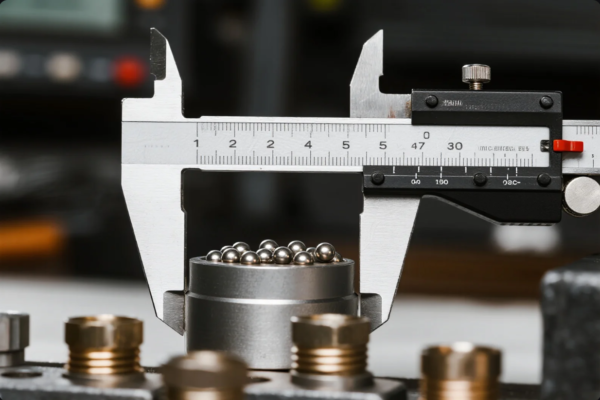
Many projects fail because buyers do not understand welded parts. Poor choices can cause equipment breakdowns, rework, or safety incidents. Over my 20 years in the industry, I have learned that knowing the right type of welded parts for each application is essential for project success.
The most common welded metal parts include brackets, machine frames, protective panels, electrical enclosures, process pipes, and custom supports. Each category has unique functions, materials, and technical demands. Leading suppliers like Prime offer custom engineering and robust packaging to ensure every part arrives in perfect condition.
Why Are Welding Parts Essential in Modern Manufacturing?
Welding parts play a vital role in almost every industrial sector. For example, brackets and frames provide structural support for machines and equipment. Panels and enclosures protect sensitive electrical and mechanical components from dust, moisture, and impact. Pipes and tubes ensure smooth flow of fluids, while custom supports help meet the unique needs of industrial plants, vehicles, and infrastructure projects.
Learn more about welded assemblies and their roles at GlobalSpec, or see application-specific parts at Thomasnet.
Key Categories of Welded Parts
| Type | Function | Typical Materials | Examples |
|---|---|---|---|
| Brackets | Structural support, load transfer | Mild steel, aluminum | Engine brackets, machine mounts |
| Frames | Main structure, load bearing | Carbon steel, SS | Equipment frames, machinery bases |
| Panels | Covers, guards, protection | Stainless steel | Machine covers, safety guards |
| Enclosures | Environmental/EMI protection | Stainless/galvanized | Electrical boxes, automation housings |
| Pipes/Tubes | Fluids/gas transport, frameworks | Steel, copper, alloy | Hydraulic lines, exhausts, frame supports |
| Custom parts | Specialized functions, unique designs | All industrial metals | OEM solutions, complex assemblies |
When evaluating suppliers, always request detailed drawings and clear specifications. It is critical for custom orders. Reputable buyers often check reference images and specs at Made-in-China’s welding part listings or use case studies from The Fabricator.
When to Use Each Type
If your assembly needs strong, fixed support, welded brackets or frames are essential. For sensitive equipment, precision-welded panels and enclosures provide protection. Pipes and tubes handle fluids and gases, while custom supports meet special project needs. You can see more real cases at EngineeringClicks and Grainger.

High-quality parts reduce maintenance costs, improve equipment reliability, and help manufacturers comply with industry standards.
Different Welding Techniques for Metal Parts: MIG, TIG, Arc, and Spot Welding Explained
Selecting the wrong welding technique can lead to poor strength, surface defects, or costly scrap. With so many options, buyers often ask: Which welding process is best for my project?
The main welding techniques are MIG, TIG, Arc (SMAW), and Spot Welding. MIG is fast and economical for large runs. TIG is the best choice for precision and fine appearance. Arc welding is ideal for heavy structures and outdoor use. Spot welding is suited for high-speed joining of thin metal sheets. Choosing the right process directly impacts part quality, appearance, and long-term reliability.
Explore in-depth at Lincoln Electric’s welding process center, Welding Insider’s technique comparison, and TWI Global’s welding FAQs.

Detailed Comparison of Welding Techniques
| Process | Speed | Weld Quality | Material Thickness | Typical Application | Pros | Cons |
|---|---|---|---|---|---|---|
| MIG | Fast | Good | Medium (1mm-12mm) | Frames, brackets, mass production | Efficient, easy to automate | Surface prep needed |
| TIG | Moderate | Excellent | Thin to medium (0.5-8mm) | Pipes, panels, precision jobs | High precision, clean weld | Slower, skilled labor |
| Arc (SMAW) | Moderate | Very Strong | Thick (>5mm) | Beams, construction, repairs | Portable, robust | More spatter |
| Spot | Very fast | Satisfactory | Thin sheets (0.5-3mm) | Enclosures, auto bodies, mass prod | High speed, repeatable | Not for thick parts |
For visual guidance, watch process demos on YouTube, read user reviews at Weld Guru, or see automated welding in action at Weldstar.
MIG Welding: Productivity and Flexibility
MIG welding is best for cost-sensitive, high-volume orders like vehicle frames or industrial shelving. It supports automation and delivers reliable results with less training. However, surface preparation is important for the best quality.
TIG Welding: Superior Finish
TIG welding delivers precise, clean joints with minimal spatter. It is preferred for visible parts, food and medical equipment, and products with high hygiene requirements. TIG welders require more skill, but the end result is unmatched for appearance.
Arc Welding: Field and Heavy Duty
Arc (stick) welding is the go-to choice for construction, repair, and outdoor work. It performs well even in harsh environments and on thick materials. The process is portable and forgiving but may need extra cleaning for a perfect finish.
Spot Welding: Mass Production Hero
Spot welding is ideal for joining thin metal panels in automotive and electronics. It provides fast, repeatable welds with minimal operator skill. The process is not suitable for thick parts or very large joints.

Buyers should work with suppliers who recommend the optimal process for each part. Check Miller Welds Info Center and Hypertherm Blog for more technical articles.
Key Applications of Welded Metal Parts in Automotive, Construction, and Machinery
Modern industry cannot function without welded metal parts. The right part and process keep production safe, efficient, and cost-effective. However, every industry has its own demands.
Welded metal parts are essential for vehicle frames, exhausts, load-bearing beams, machine housings, safety rails, and complex assemblies. Automotive, construction, and machinery manufacturing each demand strict tolerances, strong joints, and prompt delivery.
Find application guides and trend reports at Automotive World, Construction Executive, Manufacturing.net, and IndustryWeek.
Dive Deeper: Industry-Specific Use Cases
| Industry | Example Parts | Main Requirements | Common Challenges |
|---|---|---|---|
| Automotive | Chassis, seat frames, exhausts | Vibration resistance, corrosion | Fatigue, weld consistency |
| Construction | Beams, railings, supports | Load, durability, standards | Outdoor welding, heavy loads |
| Machinery | Frames, covers, brackets | Fit, tolerance, surface finish | Custom specs, global sourcing |
Automotive Welding Parts
Automotive OEMs and Tier 1 suppliers demand high-strength, precision-welded chassis and engine brackets. Poor welds can result in catastrophic failure and massive recalls. The sector often requires parts that meet IATF 16949 and ISO 9001 for quality traceability.
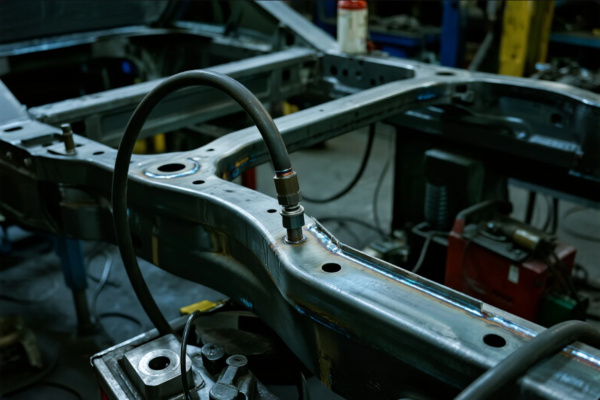
Leading brands now use robotic welding for repeatability and traceability. Visit Welding Digest or AutoRepairInfo for trends.
Construction Projects
Welded beams, columns, and railings ensure structural integrity in buildings and infrastructure. A single defective weld could threaten an entire structure’s safety. The Constructor and Civil Engineering Forum highlight best practices.
Heavy equipment manufacturers often use AWS D1.1/D1.2 certified welds for safety and legal compliance.
Machinery Manufacturing
Machinery and equipment makers need robust frames, covers, and supports. Poorly welded parts can lead to expensive downtime. Tight tolerance, custom design, and high surface finish requirements are typical. Learn more at Machine Design and EngineeringClicks.
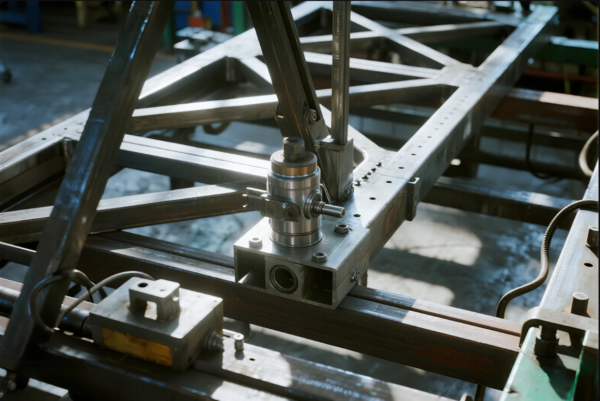
For more sector case studies, see MetalForming Magazine, The Fabricator, and Assembly Magazine.
How to Evaluate a Professional Welding Parts Supplier
Not all suppliers are created equal. Many buyers have suffered from late deliveries, quality issues, or poor after-sales support. Selecting a supplier with the right capabilities is the key to project success.
A professional supplier must have ISO certification, advanced machinery, skilled welders, strong quality control, and proven export experience. Direct communication, transparency, and engineering support are also critical.
Key Criteria for Supplier Evaluation
| Evaluation Item | Why It Matters | How Prime Delivers Value |
|---|---|---|
| ISO and relevant certification | Guarantees stable quality, global market access | Prime is ISO-certified, follows AWS and EN norms |
| Advanced equipment | Ensures productivity, consistency, and precision | Prime has 10 automated lines and CNC equipment |
| Skilled workforce | Determines weld strength and part reliability | Only trained welders and engineers work at Prime |
| Custom engineering | Adapts to unique requirements and complex orders | All orders can be custom-made at Prime |
| Robust QC and documentation | Reduces defect rates, supports audits | Multi-level inspection, traceable paperwork |
| Logistics & packing | Prevents damage, reduces customs delays | Prime uses export-grade packing and fast shipping |
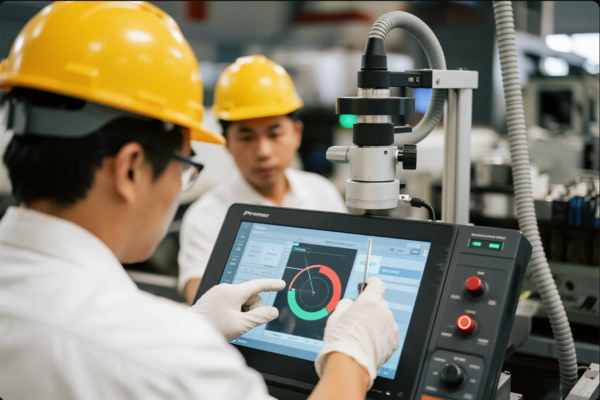
Why Communication and After-Sales Service Matter
Smooth communication ensures specs are understood and changes are implemented quickly. Prime assigns experienced engineers for direct technical support, and we offer post-sales follow-up for feedback and issue resolution.
Leading buyers now look for supplier transparency, digital order tracking, and fast response via email or online chat. See tips from Alibaba’s sourcing blog and GlobalSources.
Essential Quality Standards and Certifications for Welding Components
Buyers risk lost contracts, customs issues, and costly project delays if their supplier lacks certifications. Prime invests heavily in meeting global standards and in transparent documentation.
The main standards for welding parts are ISO 9001 (quality management), ISO 3834 (welding quality), AWS D1.1/D1.2 (US structural welding), and EN 15085 (European rail welding). Certified suppliers like Prime provide traceability, compliance, and smooth export logistics.
To validate any certification, check with CWB Group, TÜV Rheinland, SGS, BSI Group, or DNV GL.
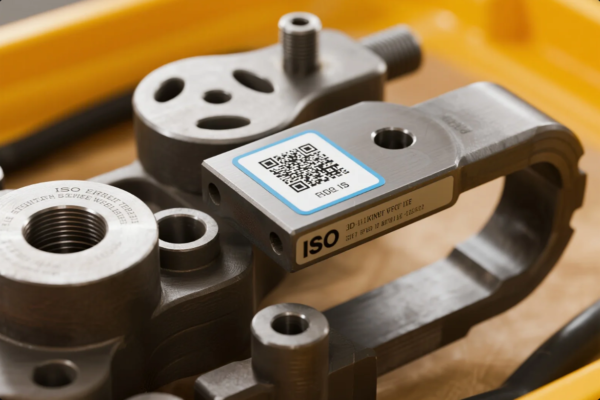
Key Welding Certifications and What They Cover
| Certification | Scope | Why It Matters | Where Required |
|---|---|---|---|
| ISO 9001 | Company-wide quality system | Consistency, process control | Global |
| ISO 3834 | Welding process control | Traceability, weld QA/QC | Europe, advanced mkts |
| AWS D1.1/D1.2 | Structural/steel welding | Bridges, safety, construction | USA, Americas |
| EN 15085 | Rail vehicle welding | Railway, metro, mass transit | Europe, Asia |
See ISO’s official committee, AWS’s standards page, and Quality Magazine for details.
What Is a Typical Quality Control Workflow at Prime?
- Incoming material is certified and batch-tracked (Matmatch)
- Welds undergo visual, X-ray, and ultrasonic tests (Weld Guru)
- Inspection, measurement, and digital recordkeeping at each stage
- Packaging is audited and documented for every shipment
- A full set of paperwork and reports supports export and customs clearance
Prime provides digital traceability and audit records for every lot, allowing global buyers to check quality anytime.
Why ISO Certification Makes a Difference
ISO-certified suppliers like Prime can guarantee every part meets required specs, no matter the order size. Consistency, repeatability, and audit compliance are built-in. Learn more from ISO News.

Frequently Asked Questions (FAQs)
Q1: How can I verify a supplier’s welding quality?
A: Always ask for ISO 9001, ISO 3834, or AWS D1.1 certification. Review inspection reports and request sample parts.
Q2: Which welding process fits my project?
A: MIG is for mass production; TIG for thin, clean parts; Arc for heavy jobs; Spot for thin sheets.
Q3: Can I get custom shapes and finishes?
A: Absolutely. Prime offers custom engineering, surface treatments, logo engraving, and detailed packaging. Browse examples on Prime’s website.
Q4: How are parts packaged for export?
A: We use robust boxes, custom pallets, and moisture protection. Learn more at Packaging Digest.
Q5: What are normal lead times for welded parts?
A: Standard orders ship in 15-30 days. For urgent needs, we offer rapid turnaround (Freightos).
Q6: How do you control quality in every order?
A: We implement process audits, regular operator training, double inspection, and full documentation. Find best practice examples at Quality Magazine.
Q7: Where can I see real project case studies?
A: See project stories at MetalForming Magazine, IndustryWeek, The Fabricator, and Assembly Magazine.
Q8: How do I get a fast quote or technical advice?
A: Email us at [email protected] or visit https://primecustomparts.com/.
Contact Prime
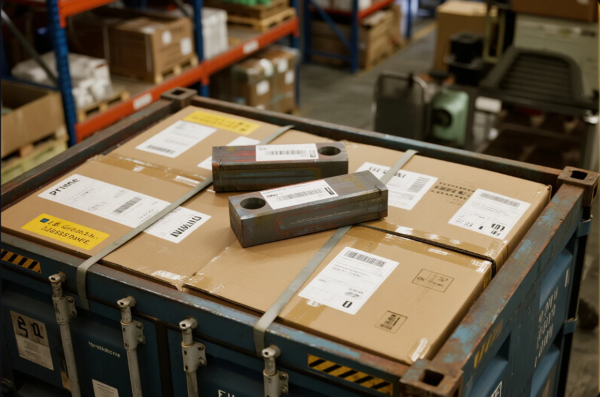
If you want reliable quality, on-time delivery, and expert technical advice, contact Prime today.
Request a free consultation, technical solution, or quotation by visiting https://primecustomparts.com/ or emailing [email protected]. Our team will reply within 24 hours, offer rapid samples, and provide tailored packaging and logistics options.
Conclusion
Working with the right ISO-certified supplier for welding parts guarantees your project’s success. Get in touch with Prime now to secure stable, fast, and reliable industrial solutions.

